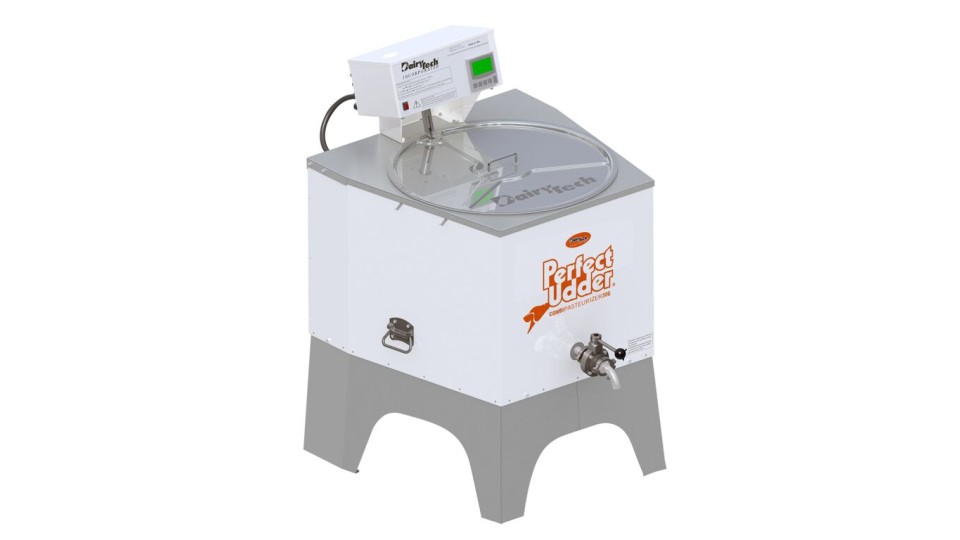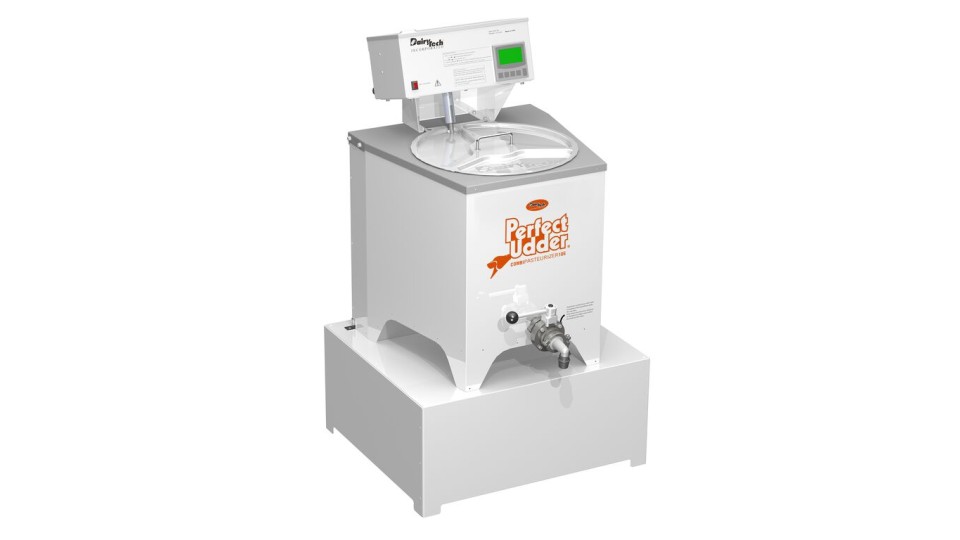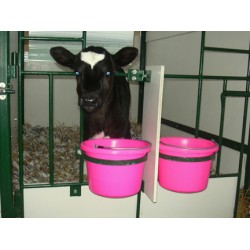Some facts about Mycoplasma in cattle:
Here are the sites that it infects , the size of the dot is in proportion to the "common-ness at that site"

- The sort that causes trouble is called Mycoplasma bovis or M.bovis for short.
- It causes PNEUMONIA, EAR INFECTIONS & ARTHRITIS in calves
- It causes MASTITIS often in cows, which can be severe.
- It is spread in COLOSTRUM, MILK, in the AIR & on surfaces.
- It is bad to treat!
- It has no cell wall, so all penicillins do not work
- It is about the smallest bacteria out there at 35 x smaller than a red blood cell. This small size lets it get into places it shouldn’t!
- It can change its surface proteins and coat itself in a "Biofilm" to hide from the immune system.
- Its surface coating also also hinders antibiotics
- Often it can spread with out any signs before an outbreak becomes obvious
- New Zealand controls it with a whole herd slaughter policy. Bulk milk samples find which farms are possibly infected, then there is further testing to confirm that M.bovis is in the herd. They think that it was introduced into NZ by semen imports.
Obviously buying in cattle and contact with neighbouring cattle are the big risks.
Once in a herd it is spread in colostrum, calf feeding milk and in the air like any pneumonia bug. Also, there is possibility of it being spread from udder to udder at milking time.
Pasteurisation can be part of the plan in infected herds and herds that do not know if they have it yet!
We have clients who have used pasteurisation of colostrum and then onto pasteurised milk or milk replacer. This has worked well as part of a plan to control Mycoplasma. We have machines suitable for this that accurately pasteurise, cool, warm and thaw colostrum, called MATILDA.
We also have research proving that pasteurisation kills Mycoplasma in colostrum- see below under "Mycoplasma Pasteuriser Research"
Other parts of the plan to be discussed with your Vet include-
- Boundary security
- Purchasing of cattle
- Ventilation
- Separation time of calves from dams and feeding pasteurised colostrum
- What milk to feed- Pasteurised or Milk Replacer
- Testing- there is PCR testing available via your Vet.
There is an AHDB Webinar https://www.youtube.com/watch?v=_9g2Vwz2B_Y
For example, Biobest have a panel of tests for calf respiratory disease:
BoHV-1 (causative agent of IBR)
PI3
RSV
Bovine coronavirus
Mycoplasma bovis
Histophilus somni
Pasteurella multocida
Mannheimia haemolytica
"Mycoplasma Pasteuriser Research"-
Heat-Treatment of Bovine Colostrum. II: Effects of Heating Duration on Pathogen Viability and Immunoglobulin G
Godden,*1 S. McMartin,* J. Feirtag,† J. Stabel,‡ R. Bey,§ S. Goyal, § L. Metzger,† J. Fetrow,* S. Wells,* and H. Chester-Jones¦
*Department of Veterinary Population Medicine, and †Department of Food Science and Nutrition, University of Minnesota ‡USDA, ARS, National Animal Disease Center, Ames, IA 50010 §Department of Veterinary and Biomedical Sciences, and ¦Department of Animal Science, University of Minnesota, St. Paul 55108 Dairy Sci. 89:3476–3483 ©American Dairy Science Association, 2006.
“Large (30-L) batches of moderate- to high-quality bovine colostrum can be heat-treated in a commercial on farm batch pasteurizer at 60°C for at least 120 min without affecting the IgG concentration or sctivity. Mycoplasma bovis, L. monocytogenes, E. coli O157:H7, and S. enteritidis added tocolostrum could not be recovered after colostrum was heat-treated at 60°C for 30 min. Heat-treatment at 60°C for 60 min should be sufficient to eliminate Mycobacterium avium subsp. paratuberculosis (Map) from colostrum in most situations.”
Get in touch if you would like further information.







